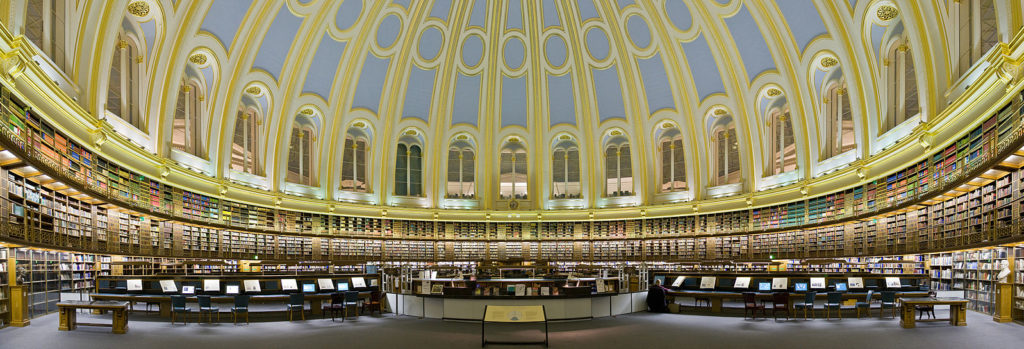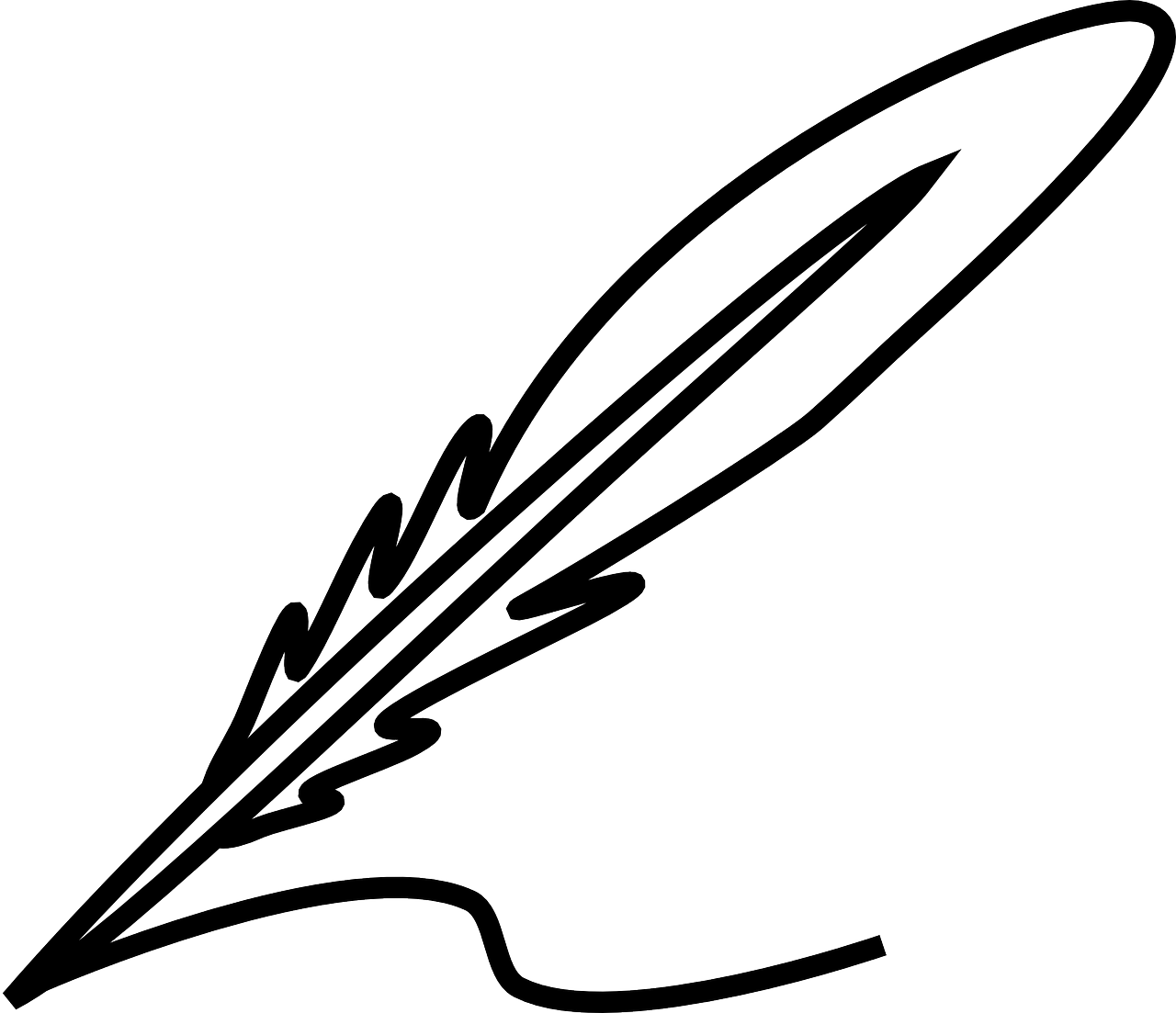The history of the British Library
by Scott Dutfield · 17/11/2019

Image credit: Diliff
This centuries-old institution holds one of the most extensive collections of global knowledge
Although the modern British Library was established as recently as 1973, its origins stretch back as far as the 18th century. Its original collection was bequeathed to the nation for the sum of £20,000 by Sir Hans Sloane, a physician who had collected over 71,000 artefacts including manuscripts, books and coins during his lifetime. His collection was opened in 1753 in Montagu House, Bloomsbury as part of the British Museum Library, the present site of the British Museum.
In 1662 the statute of Legal Deposit was passed in England and Wales, requiring a copy of every printed publication to be given to the British Museum Library (and five other legal deposit libraries in the UK). In 1710 this statute was extended to include the whole of the UK.
In May 1857 the iconic Reading Room was opened, allowing members of the public access to the library’s treasures. However, passes were soon introduced, admitting only approved members.
In the latter part of the 19th century the library’s full catalogue had reached its 2,250th volume, each one of them handwritten. This was transferred into 437 printed parts over the course of around 25 years. By this time the full collection counted some 2 million printed titles.
In its new location on Euston Road, the modern British Library now houses items in most known languages and continues to house and collect not only all print material produced in the UK and Ireland but also a wide range of music and film recordings.
Written treasures
Discover some of the library’s most valuable tomes

The world's oldest book
The British Library is home to the only known copy of the Diamond Sutra, a Buddhist scroll made in 868, making it the world’s earliest-dated printed book.

A right royal read
The Cotton Manuscripts contain signed letters by Henry VIII and Elizabeth I, the personal diary of Edward VI and the last will and testament of Mary Queen of Scots.

Da Vinci's codex
Over 7,000 pages of Leonardo da Vinci’s notes and drawings (including his theories and inventions) have survived and now form part of the manuscript collection within the British Library.

Captain Scott's diary
The Terra Nova Expedition (1910–13) included Captain Scott’s team’s attempt to reach the South Pole. They recorded their experience in his diary, which enabled their story to be told to a nation.

English heritage
Beowulf, regarded as the greatest poem in Old English, Shakespeare’s The First Folio and two of four surviving copies of the Magna Carta 1215 are all housed at the British Library.
This article was originally published in How It Works issue 106, written by Tim Williamson
For more science and technology articles, pick up the latest copy of How It Works from all good retailers or from our website now. If you have a tablet or smartphone, you can also download the digital version onto your iOS or Android device. To make sure you never miss an issue of How It Works magazine, subscribe today!





